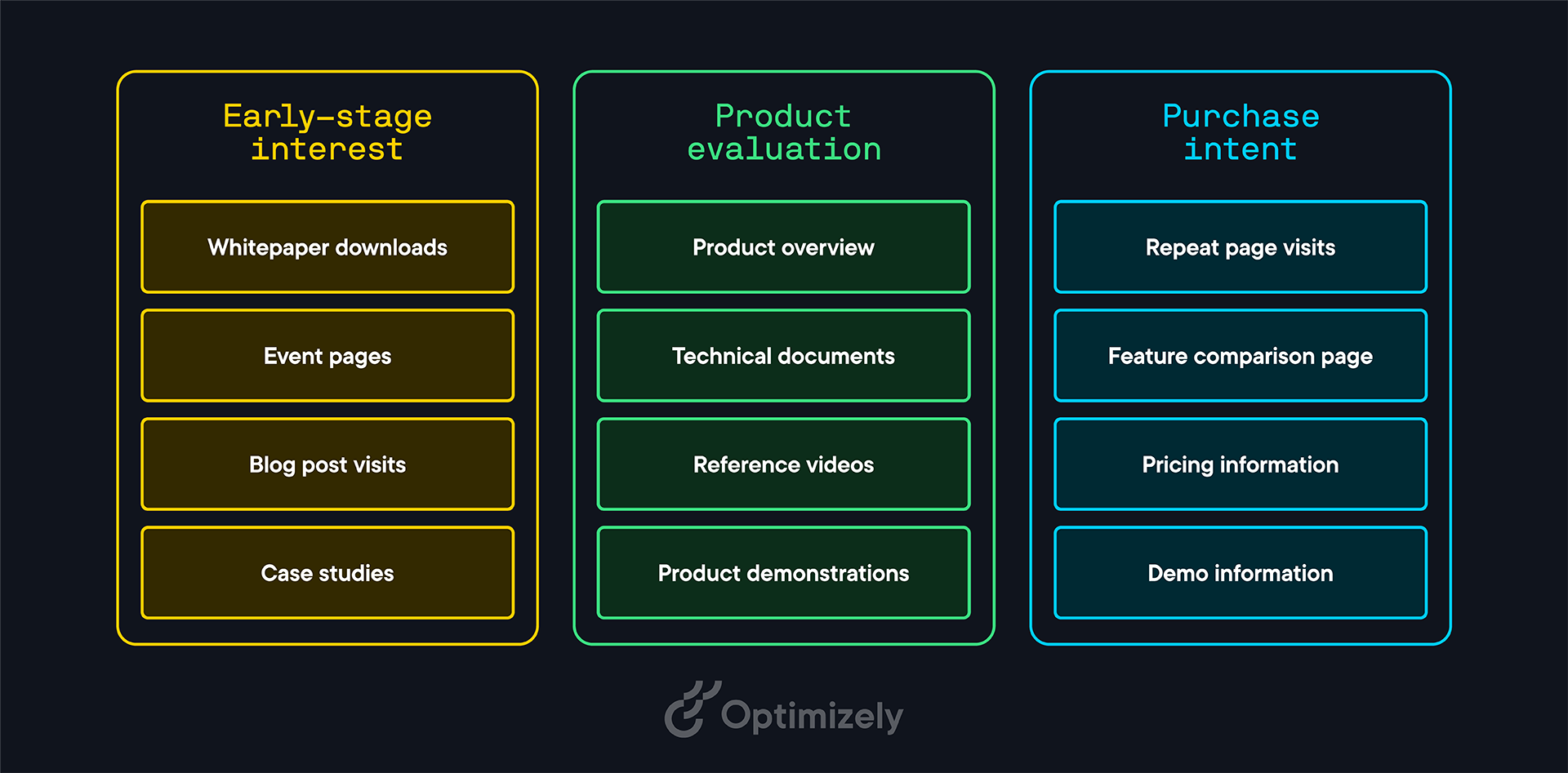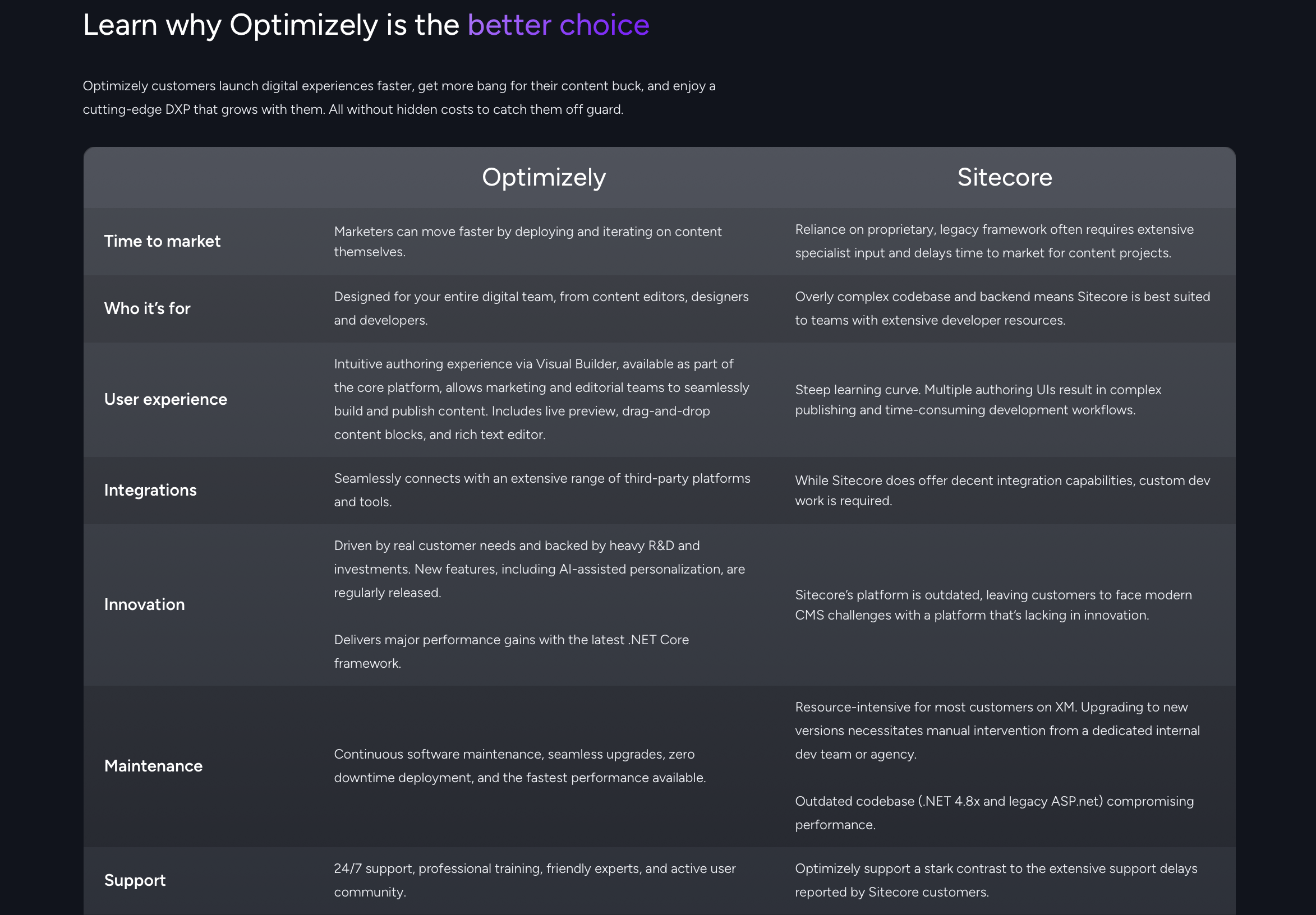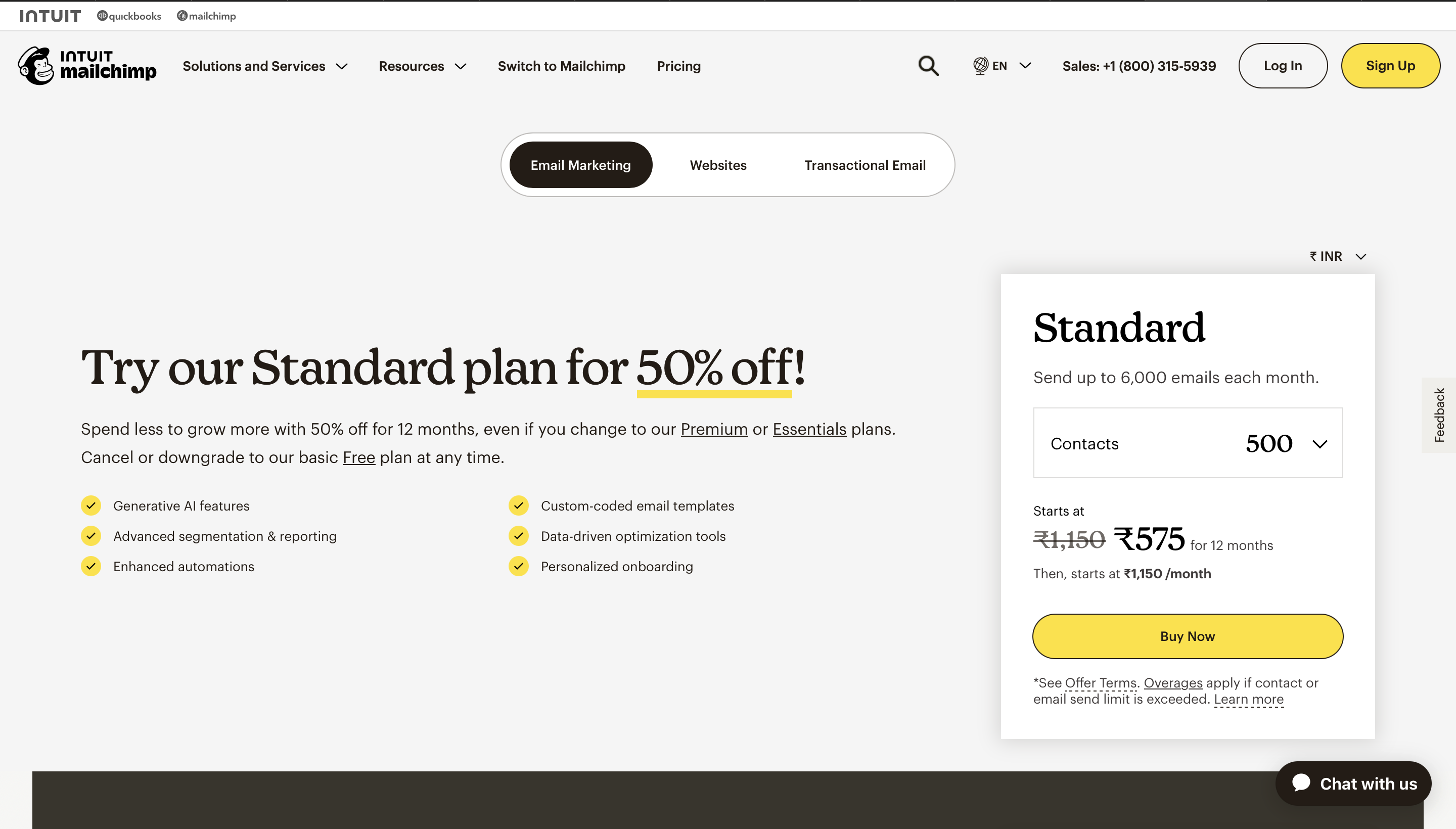Imagine going into your favorite coffee shop. Before you even say anything, the barista greets you by name and starts preparing your usual order. That's personalization in action. The barista is relying on previous purchase behavior to deliver what you want.
However, bringing this same magic to your digital marketing strategy isn't straightforward. While 92% of marketers are betting on first-party data for growth, 63% still struggle to deliver personalized experiences effectively.
It's like having all the equipment to create amazing coffee, but you don’t have cups or mugs to serve it. In this blog, see what you need to know on your website to create personalized experiences.
Get your website or app elements in order
To create that perfect personalized experience, you need to know which elements of your website can be customized. Here are a few important ones:
- Homepage: Your digital storefront can adapt based on user location, referral source, or past behavior.
- Product pages: Tailor descriptions, images, and related items based on browsing history or purchase patterns. Quip increased average order conversion by personalizing the product display pages.
- Search results: Adjust rankings based on user preferences or past interactions.
- Content recommendations: Suggest relevant articles, videos, or resources that align with the user's interests.
- Call-to-action buttons: Modify text or placement based on the user's intent or preferences.
- Forms: Pre-fill with known information or adjust fields based on user segment.
- Navigation menus: Highlight or reorder menu items based on user behavior.
- Pricing information: Display personalized offers or highlight relevant pricing tiers.
Balancing intent-driven experience and persona-driven experiences
While there’s an infinite amount of signals you can track on your website, we’re going to focus on two primary types; intent-driven and persona-driven.

Intent-based signals: What your users are doing
These are like breadcrumbs your users leave behind as they navigate through their customer journey. They tell you where your user is in the buying process:
Early-stage interest
- Signals: Whitepaper downloads, event page visits, blog post reads
- Action: Offer related content to nurture their curiosity
Example
A visitor reads three blog posts about experimentation. You could offer them a free ebook on "10 takeaways from 127,000 experiments"
Product evaluation
- Signals: Product overview page visits, watching demo videos
- Action: Provide more detailed product information, comparison guides
Example
If a user spends time on your product pages you may want to serve them a side-by-side comparison of your product vs. competitors.

Purchase intent
- Signals: Repeat visits to pricing pages, extensive feature comparisons
- Action: Offer limited-time deals, showcase customer testimonials
Example
A visitor has checked your pricing page three times. Pop up a limited-time discount code or offer a free consultation.

Persona-based signals: Who your users are
This is all about who your user is. Are they a tech-savvy millennial or a budget-conscious parent? Understanding this helps you tailor your message accordingly.
Samples of persona-based signals:
- Demographic information (age, location, job title)
- Past purchase history
- Long-term browsing patterns
- Stated preferences or account settings
Example
An e-commerce clothing retailer might create different personas such as:
- "Fashion-forward Millennials": Young professionals aged 25-35, interested in trendy styles
- "Eco-conscious Shoppers": Environmentally aware customers who prioritize sustainable products
- "Budget-savvy Parents": Parents looking for durable, affordable clothing for growing children
For each persona, the website could display different product collections, messaging, and offers. For instance:
- Fashion-forward Millennials see the latest trends and style influencer collaborations
- Eco-conscious Shoppers see a prominent "Sustainability" section and eco-friendly product badges
- Budget-savvy Parents see family-oriented imagery, bulk discounts, and "grow with me" clothing options
This is how our customer SeaWorld Parks and Entertainment, based on the personas, started showing answers to questions like “Do younger children get in free?” and “How do I reschedule or cancel a planned visit?''
It got more folks to complete the checkout process.
Creating a personalized experience
To create journeys that take visitors to the buying moment, identify and respond to user behavior signals based on where they are in the buying journey, such as early-stage interest, product comparison, or purchase intent.
- Level 1: Craft a straightforward experience triggered by a single trigger signal. For example, a pop-up with some type of free offer when someone visits your pricing page.
- Level 2: Elevate the experience by blending multiple data triggers to offer a more relevant journey. For example, recommend advanced content to a user who's visited your blog multiple times and downloaded a whitepaper.
- Level 3: Blending multiple data triggers to create a complete, comprehensive experience. For example, a returning customer sees a homepage tailored to their industry, with personalized product recommendations and loyalty offers.
If you're worried about resource constraints, it shouldn't limit your personalization efforts. No-code or low-code solutions offer the agility to match your customers' evolving needs without extensive development resources.
Visual experience builders provide real-time previews, allowing you to see changes as your customers would on the live site, streamlining the personalization process.

But, it’s still just customization...”
It’s not.
Personalization is customization only if you’re implementing it without experimentation. To truly tailor experiences, you need to test, learn, and optimize continuously.
Experimentation isn't just nice to have; it's essential for proving ROI and avoiding personalization pitfalls. Don't just personalize. Personalize with proof.
Delivering a personalized experience
Once you've assembled the puzzle pieces, it's time to deliver personalized experiences to the right folks at just the right moment.
- Real-time segmentation
It's time to put your plans into action. When a visitor clicks on a "learn more" button, does your site present relevant, personalized content, or does it fail to respond appropriately? - AI-powered delivery
AI identifies patterns and delivers personalized content with remarkable speed and efficiency. It continually optimizes your site's performance, automatically selecting the most effective variations. - Symmetric experiences
Your customers use multiple devices and platforms to know about your brand and buy from you. Your challenge is to provide a symmetric experience no matter how they communicate with your brand. Whether they're browsing on a mobile or a desktop computer, your personalized experience should remain consistent and seamless.
Example
A customer starts researching a vacation package on their mobile phone during their commute. Later, when they log in on their desktop, the travel website remembers their search preferences and presents tailored recommendations, creating a seamless cross-device experience.
Lastly, when delivering personalized experiences, it’s crucial to be transparent about data collection and use to navigate personalization and data regulations effectively.
Wrapping up...
Creating personalized experiences on your website or app isn't just about appeasing executives hellbent on buzzwords – it's about understanding your users and delivering value at every interaction. Start small, experiment often, and keep refining your approach.
Remember, the key is to balance both intent and persona data:
- Intent data tells you what a user wants right now
- Persona data helps you understand who they are in a broader context
Before you know it, you'll be serving up personalized experiences that keep your customers coming back for more.
- Last modified: 4/28/2025 2:50:39 PM
